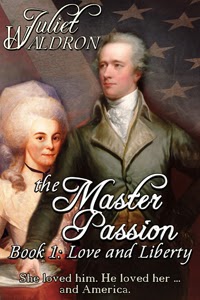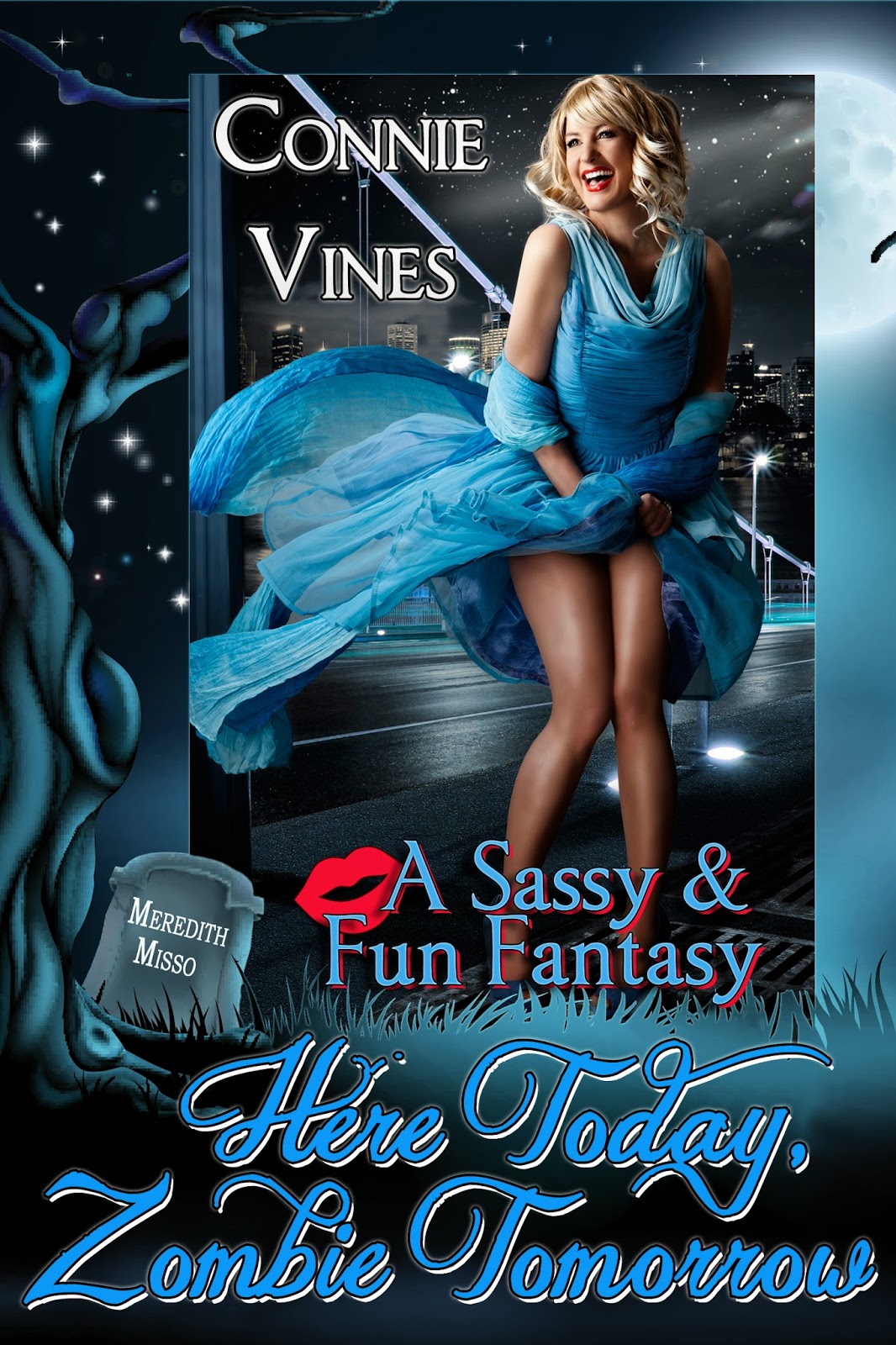
Yes, I have friends, associates, family, and other writers to converse with though out my day.
Yes, I network, attend workshops, and belong to online writing chapters. I even have other writer friend only a text message away.
But at 3 AM, when I'm slugging my way through a 'not-quite-working' middle of a novel, and I've started talking to myself. It's nice to have a BFs at your disposal.
While the focus of the movies and television seems to be on helpfulness of minions and the like--I prefer the company of a good listener--or cheering section.
Well, it's not conventional--but then I'm a bit quirky, most writer's are. After all we do spend quite a bit of time in our own company.
For a person who did not indulge in, or particularly like, dolls as a child (I held my baby doll by a foot allowing her head bounced around in the dirt). I did like monster movies (The old Universal Monster Movies). I collected the model kits and read all the magazines about horror make-up and read bios about the great actors. So I guess this type of cheering section makes perfect sense.
(See qualifying statement in earlier paragraph).
So did I come up with any sure fire way to get through those 'sagging story middles', with or without the help of Besties?
I've changed to Pandora Radio for evening listen, and Slacker Radio during the day. When I'm working though a snag, B.J. Thomas is usually singing in the background.
Let's face it. the middle of a story can be depressing. Our hero becomes overwhelmed. Things look savage and harsh. Paths disappear (for both the hero and, unfortunately, the writer).
To quote, Nancy Kress,
The function of the middle is to develop the implicit promise made by a story's beginning.
After all, a promise is a promise.
This is when we must ask ourselves, whose story is this?
Who are the point of view characters?
What is the main plot line (throughline is the film term)?
Not certain? Boy, do you have a problem!
Getting a clear focus on your plot line can make the middle of your book easier to write. Where should the emphasize be--which scenes, which characters. I used to rely on 3 x 5 index cards, now I use several writing programs and apps.
Since I write in series of threes: chapter 1-3, 4-7, etc. my middle seems longer because it over laps sections. I also like to have 3 scenes in each chapter, with a scene often breaking at a chapter's end and ending in the following chapter opening.
Still experiencing a bit of trouble? Choose three novels you know well. For each summarize the plot line in a sentence or two.
Jane Eyre: Penniless in a region of England she does not know, Jan experiences three bitter days of begging, sleeping outside, and nearly starving.
Dracula: One of Dr. Seward's mental patients, Renfield, lets Dracula into the asylum where the others are staying, allowing the count to prey on Mina.
It's the Great Pumpkin, Charlie Brown!: When Linus sees a shadowy figure rising from the moonlit patch, he assumes the Great Pumpkin has arrived, and faints.
Now, pull out your WIP or a few of your unfinished stores. Summarize its plot line. List the scenes. How does each scene advance the plot, develop character, contribute to the middle plot line?
Do you need to add an additional scene? Should a scene have more emotional intensity? I find this to be true in my stories. My stories are character driven and the emotional reactions are a force which drives my plot lines.
Keep your characters from having a mid-life crisis by shoring up those 'sagging middles', and relying on your "Besties".
Happy Reading,
Connie
novelsbyconnievines
Word Slinger
follow Connie on Twitter





















